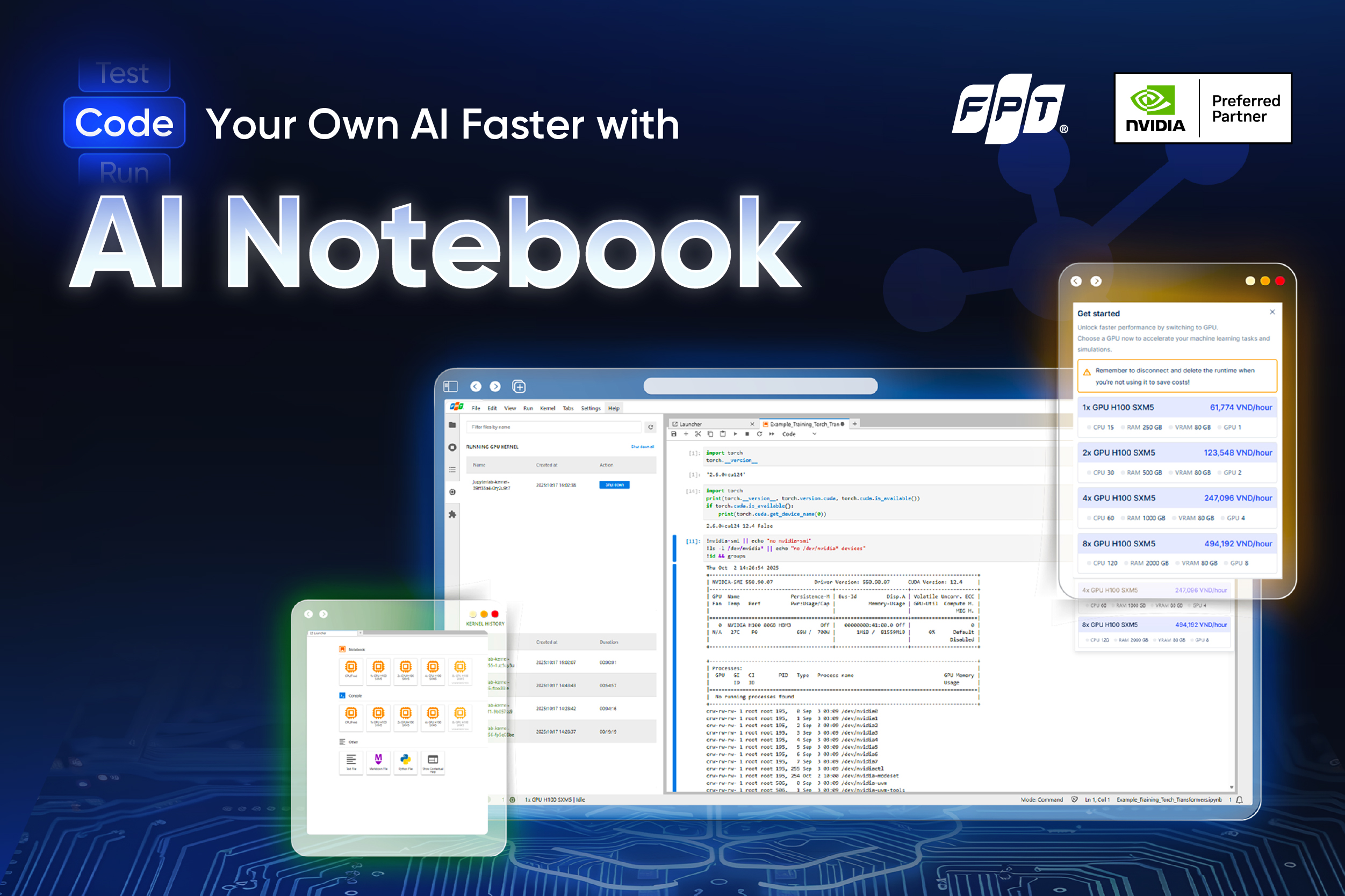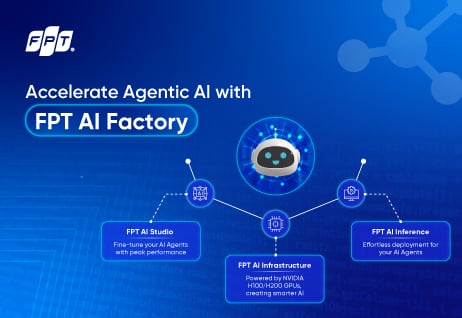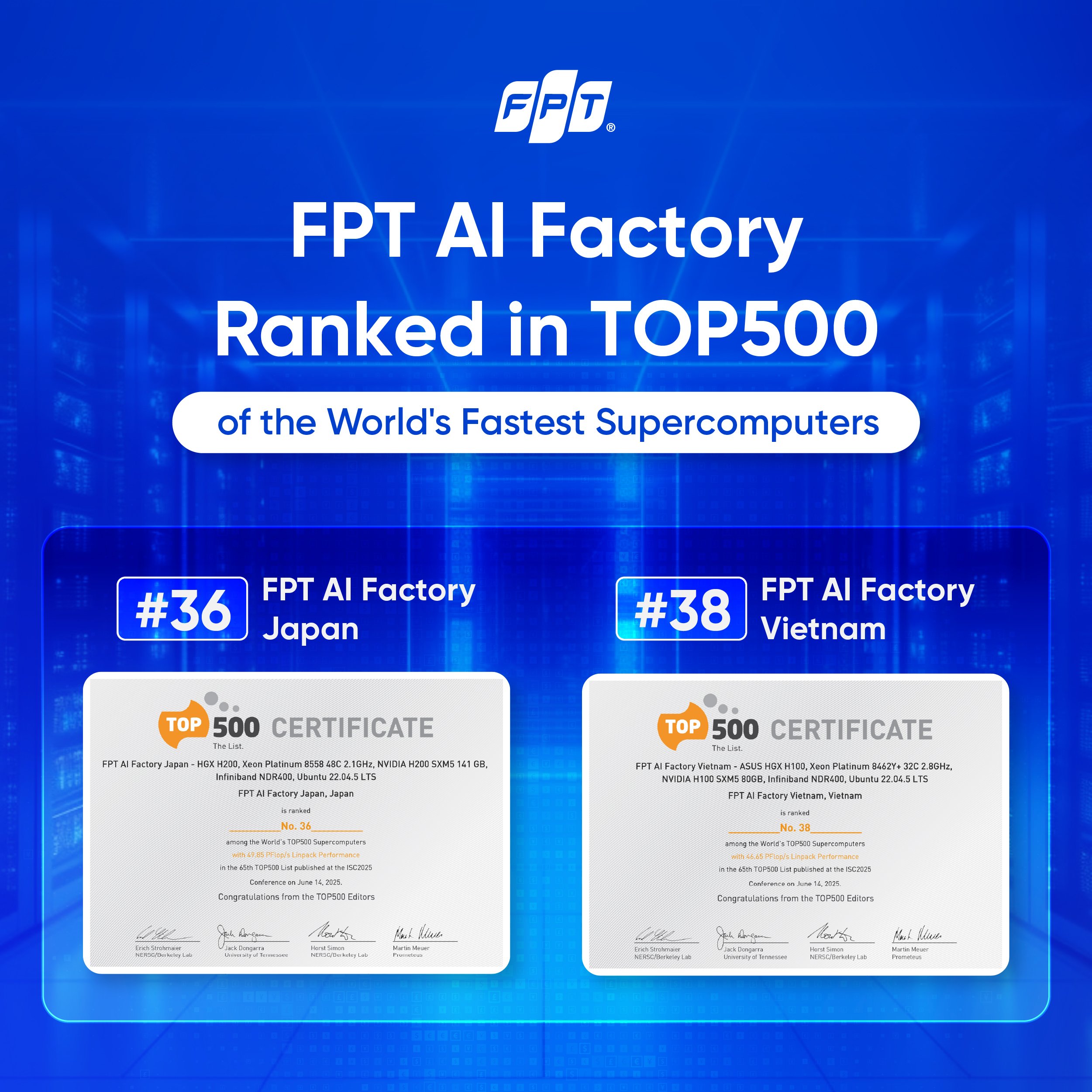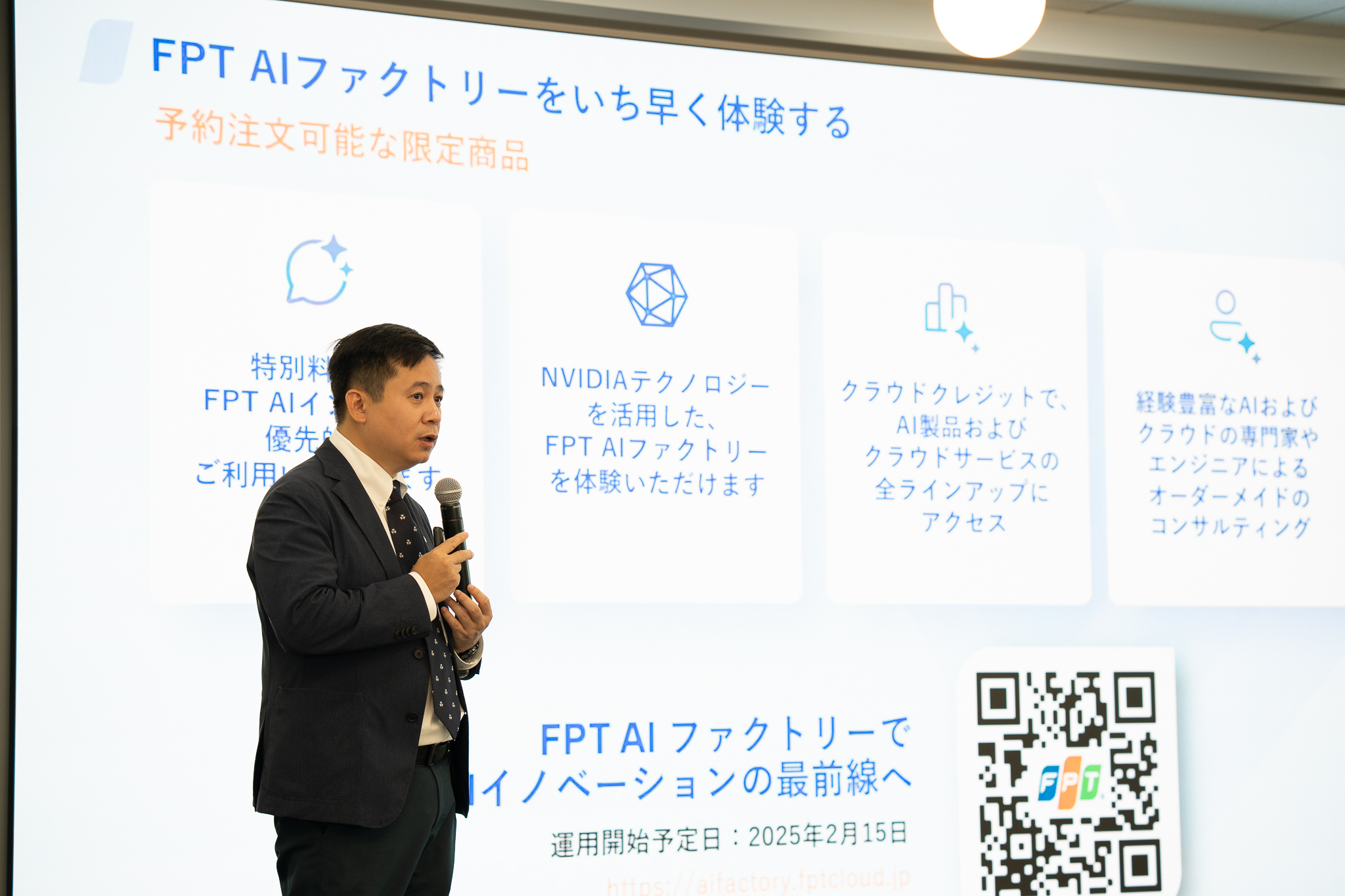As artificial intelligence continues to revolutionize industries, understanding the inner workings of AI systems becomes not just fascinating but crucial. Among the most intriguing innovations lies Agentic AI, a technology designed to mimic human-like decision-making, problem-solving, and even creativity.
Rather than serving as static tools that merely respond to user prompts, agentic systems are built to operate with autonomy: they can interpret objectives, decompose them into actionable steps, and pursue outcomes through iterative reasoning and execution. This capability positions Agentic AI not just as an enhancement of existing models, but as a framework for orchestrating complex, multi-step processes with minimal human intervention. But what does the journey of an Agentic AI look like behind the scenes? How does it seamlessly process complex tasks, adapt to challenges, and improve over time?
These are the primary steps of artificial intelligence agents, each crucial for creating adaptive, intelligent systems.
1. Perception
AI agent perception refers to the ability of an AI system to gather and interpret information from its environment, whether that be through visual, auditory, textual, or other forms of data. This process enables the agent to sense the world, creating a foundational layer for decision-making and problem-solving. Just as humans rely on their senses to navigate their surroundings, AI agents depend on their perception capabilities to understand inputs, recognize patterns, and respond accordingly.
Perception is not a passive process. It involves actively gathering data, processing it, and then using this information to form an understanding of the current situation. The types of data that AI agents perceive vary based on the system's design, and these can include everything from written text and spoken words to images, sounds, or even environmental changes. In essence, perception serves as the AI agent’s window to the world, providing it with the necessary information to act intelligently and adaptively.
AI agents utilize various types of perception to understand and interpret their environment. Each type of perception allows an agent to interact with the world in distinct ways, enabling it to process different forms of data and make informed decisions. The key categories include:
Textual Perception: Understanding and generating text through Natural Language Processing (NLP). Allowing AI systems to interact with textual data, such as articles, books, emails, and web pages. This is essential for applications like chatbots and virtual assistants.
Predictive Perception: AI anticipates future events based on historical data, used in fields like finance and autonomous vehicles.
Visual Perception: Using computer vision to interpret images and videos, crucial for tasks such as object detection and facial recognition.
Environmental Perception: AI gathers information through sensors like GPS or motion detectors to adapt to dynamic environments. For example, robots use this to detect and avoid obstacles while moving.
Auditory Perception: The ability to process and understand sound, particularly speech, enabling systems like voice assistants.
2. Reasoning and Decision-making
Reasoning is the cognitive process that allows AI agents to make decisions, solve problems, and infer conclusions based on the information they perceive. It is a critical aspect of an AI agent's ability to act intelligently and adaptively in dynamic environments. While perception enables AI to gather data about the world, reasoning empowers the agent to interpret that data, draw logical conclusions, and make informed choices. In other words, perception is noticing the traffic light turning red; reasoning is realizing you need to stop the car to avoid danger. For AI agents, reasoning works in a similar way, it bridges raw input and purposeful action.
In essence, reasoning involves using rules, heuristics, logic, and learned patterns to process the information provided by the perception system. It allows AI agents to not only understand the current state of their environment but also to predict outcomes, handle uncertainties, and devise strategies for achieving their goals.
Reasoning can be divided into various types, each of which plays a unique role in enabling AI systems to operate effectively in different scenarios.
Heuristic Reasoning: Simplifies decision-making using experience-based rules of thumb, ideal for real-time applications. For instance, when navigating a map, AI might choose the "best" route based on experience rather than calculating every possible path.
ReWoo (Recursive World Optimization): A process of iterative refinement where AI improves its understanding and decisions over time. In practical terms, ReWoo allows an AI agent to adjust and optimize its strategies based on feedback and changing circumstances.
ReAct (Reasoning and Acting): A hybrid approach where reasoning and acting occur simultaneously, beneficial in environments requiring immediate feedback such as autonomous driving or real-time strategy games.
Self-reflection: The agent evaluates its past decisions to learn and improve.
Conditional Logic: Decision-making based on specific conditions, often used in automation systems. For example, a smart thermostat might use conditional logic to adjust the temperature: "If the room temperature is below 70°F, then increase the heating."
3. Action
The action module implements the agent’s decisions in the real world, allowing it to interact with users, digital systems, or even physical environments. After perceiving its environment and reasoning about the best course of action, the AI agent must execute its decisions in the real world.
In the context of AI, action is not limited to physical movements or interactions but can also include processes such as data manipulation, decision execution, and the triggering of automated systems. Whether it involves a robot physically navigating an environment, a software system processing data, or an AI-powered virtual assistant responding to a command, action is the phase where the AI agent brings its reasoning and understanding to life.
4. Learn
AI agent learning refers to the process through which an AI agent improves its performance over time by gaining knowledge from experience, data, or feedback. Instead of relying solely on pre-programmed instructions, an AI agent can adapt and evolve by learning from its environment and the outcomes of its actions. This ability to learn is what allows AI agents to handle new and unseen situations, make better decisions, and optimize their strategies in dynamic, real-world scenarios.
AI agent learning is essential for creating intelligent systems capable of self-improvement. Just as humans learn from experience and apply that knowledge to future challenges, AI agents use various learning techniques to enhance their decision-making and problem-solving capabilities. Through continuous learning, AI agents can refine their behavior and better align with their goals over time.
The methods of learning vary based on how the agent interacts with data, the feedback it receives, and the type of tasks it needs to perform. Below are the key learning approaches used by AI agents:
Unsupervised Learning: Identifies patterns and structures in data without labeled examples. AI can group customers based on purchasing behavior without being given labels
Supervised Learning: Trains AI on labeled data to predict outcomes based on known inputs.
Reinforcement Learning: The agent learns through trial and error, receiving feedback in the form of rewards or penalties.
Multiagent Learning: Involves collaboration and competition between agents to solve problems more effectively.
Agentic AI represents more than just an upgrade to existing systems. It marks a shift toward truly adaptive, autonomous intelligence. By perceiving, reasoning, acting, and learning, these agents mirror essential aspects of human cognition while continuously improving through experience.
However, building such agents is far from simple; organizations will need a strong and resilient infrastructure. From fast GPU resources to flexible model training environments and seamless model deployment, these capabilities are what transform theory into practice.
5. How FPT AI Factory Accelerates the Process of Developing AI Agents
In response to this need, FPT has launched FPT AI Factory, providing a comprehensive solution for developing AI agents through three key services: FPT AI Infrastructure, FPT AI Studio, and FPT AI Inference.
Data Processing Foundation (FPT AI Infrastructure)
Every successful AI agent relies on a continuous data flywheel that drives improvement. FPT AI Factory’s NVIDIA H100/H200 GPU infrastructure powers this process by collecting diverse data (conversations, user interactions, sensor feeds), processing and labeling it for agent training, and deploying smarter AI agents. These agents generate new data from user interactions, feeding back into the system to enhance future iterations. This self-reinforcing cycle leads to increasingly intelligent and responsive AI systems as more agents are deployed, creating a continuous loop of improvement.
AI Agent Development (FPT AI Studio)
Once data is prepared, developers can use FPT AI Studio to build and train intelligent agents in a collaborative cloud environment. The platform supports the development of various AI agent types - from conversational assistants to decision-making systems - providing tools for model training, behavior fine-tuning, and agent performance optimization to ensure they respond accurately to real-world scenarios.
AI Agent Deployment & Serving (FPT AI Inference)
After development and testing, FPT AI Inference enables seamless deployment of AI agents into production environments. These deployed agents not only serve users reliably but also feed valuable interaction data back into the flywheel, creating a continuous improvement loop. Whether you're launching a customer service chatbot, deploying an autonomous vehicle system, or integrating a recommendation agent into an e-commerce platform, each user interaction becomes part of the data flywheel that makes your next generation of AI agents even smarter.
From concept to production, FPT AI Factory provides the complete infrastructure backbone that transforms AI agent ideas into intelligent, self-improving systems through the power of the data flywheel effect.






































